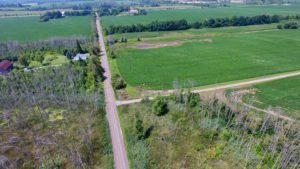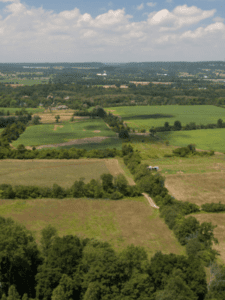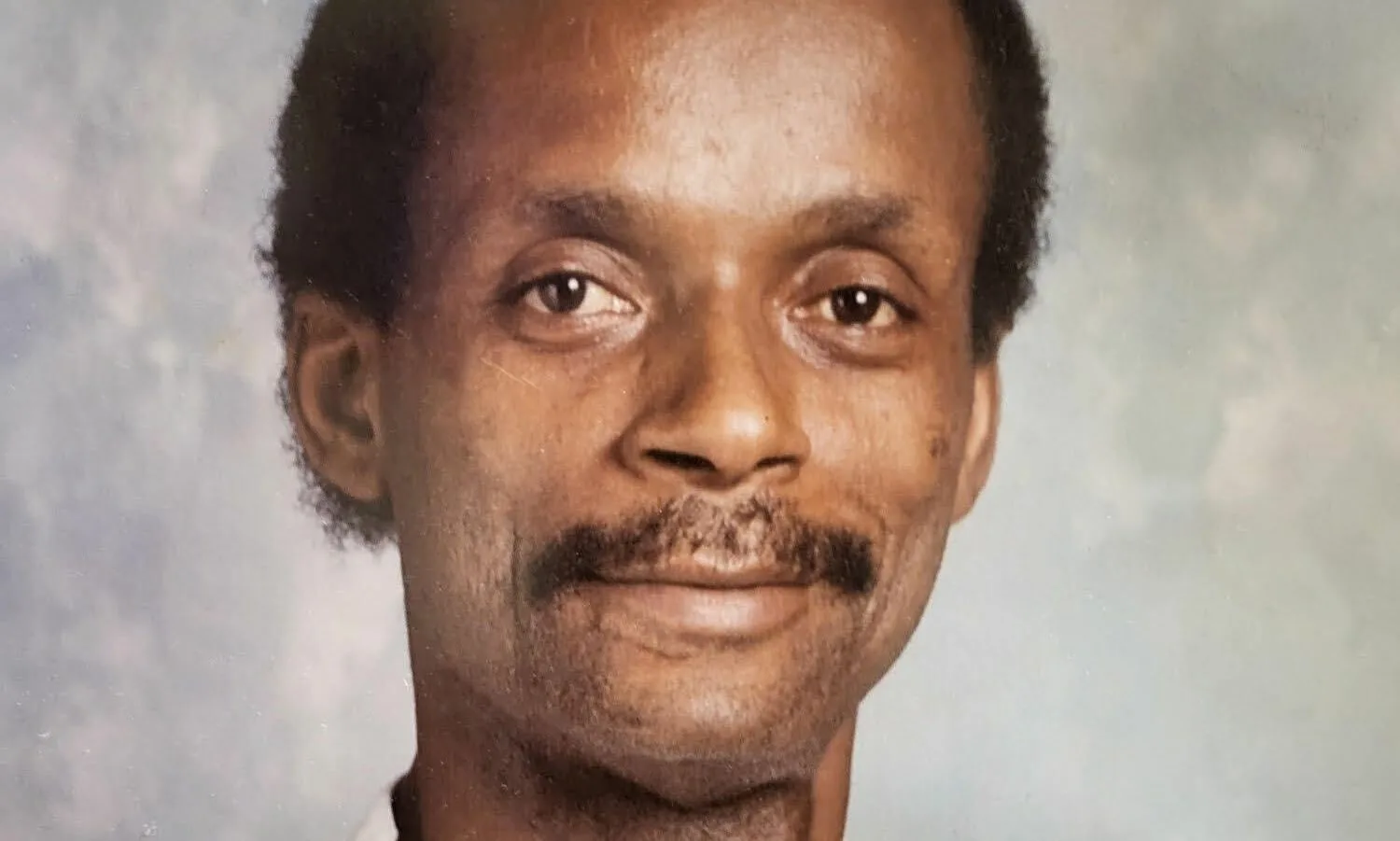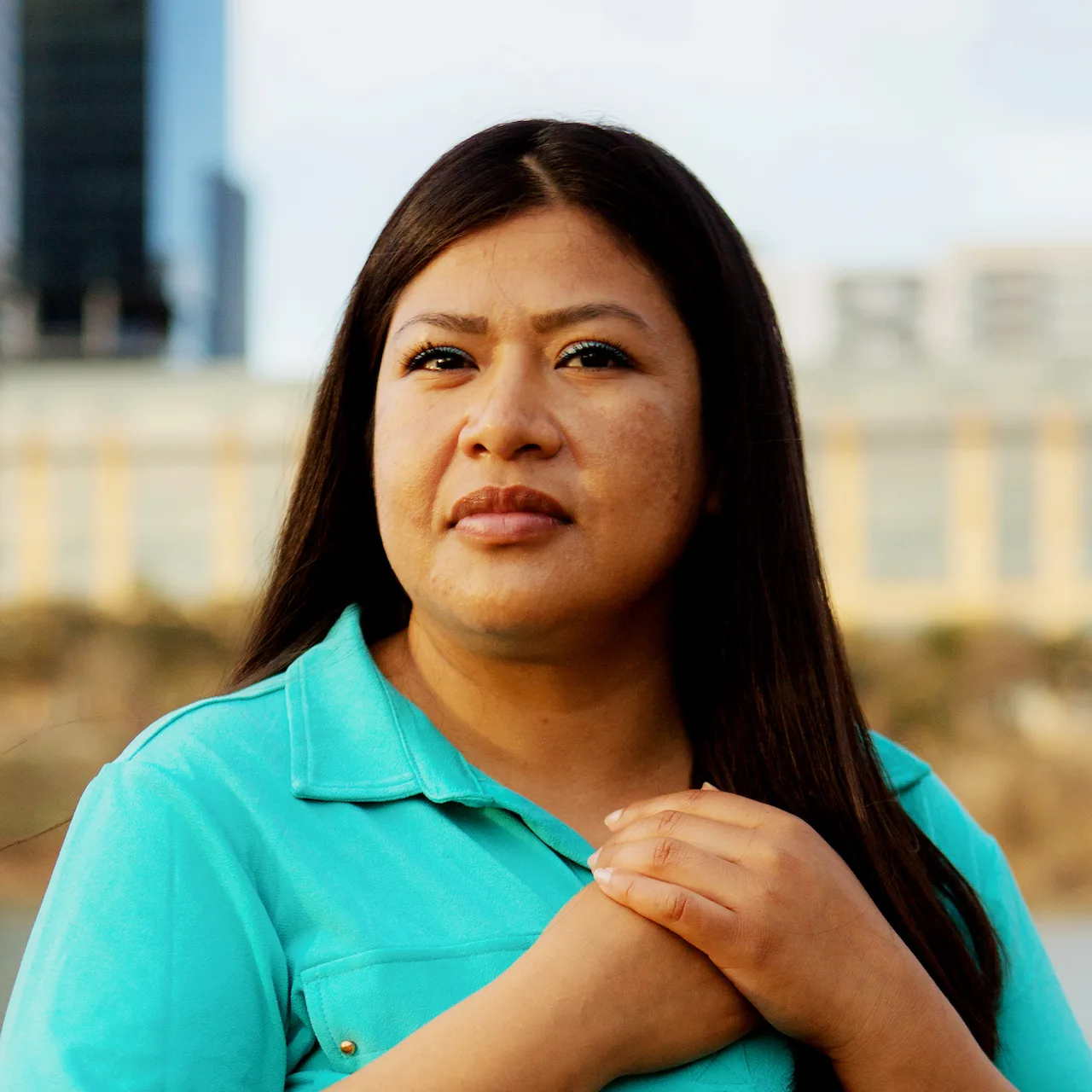Statement from Keith Brooks, Programs Director
Eighty per cent of Ontarians believe the province should be powered by clean energy, while 74 per cent believe the province should ramp up clean electricity investments
#MyGreenFlag campaign educates the public about accessible green energy solutions and helps identify unsustainable #RedFlags that harm the environment
Toronto | Traditional territories of the Mississaugas of the Credit, the Anishinaabeg, the Haudenosaunee, and the Huron-Wendat – A new Abacus poll, released today, shows that Ontario residents want clean energy advancements, believe it offers competitive economic advantages, and want it adopted immediately, but when it comes to their own homes energy needs, there is low awareness of eco-friendly technologies.
To increase awareness in Ontario about eco-friendly solutions like heat pumps, electric stoves, solar panels and more, Environmental Defence is launching #MyGreenFlags. Using cheeky and inviting language, the campaign leans into the popular social media trend where people share what they want in a relationship (#GreenFlags) and what they don’t want (#RedFlags). Like a long-term relationship, home energy retrofits take commitment and spotting those green and red flags before taking the plunge is crucial to maximizing efficiency and cost-savings while minimizing environmental impact. The website GreenFlags.ca links Ontario residents to information about government programs that offer financial incentives for residential retrofits.
Different levels of government, including municipalities like the City of Toronto and the City of Ottawa as well as the federal government, offer grants and loans to encourage residents to purchase eco-friendly solutions like heat pumps or EV chargers. Despite being readily available, the poll found 50 per cent of Ontarians are unaware of federal programs that offer financial incentives for retrofits.
Similarly, awareness of eco-friendly options is also low. Just 34 per cent of Ontarians have heard about electric heat pumps and know what they do. Heat pumps, a simple but effective technology, use electricity to remove heat from inside your home to cool it in the summer and pull heat in from outside to heat your home in the winter. Far more energy efficient than a gas furnace, using a heat pump can provide significant energy bill savings, while offering protection from volatile gas prices, which can fluctuate wildly depending on global markets. And, kicking gas out of your home is good for your health and the climate. Gas is made mostly of methane – a climate-damaging fossil fuel that is over 80 times more potent than carbon dioxide.
According to the International Energy Agency, heat pump sales growth nearly doubled in Europe in 2022, largely driven by rising gas prices. Last year, three million heat pumps were sold in Europe, bringing the region’s total to 20 million, with Europe aiming to double that to over 45 million by 2030.
In Canada, heat pump adoption has been relatively slow by comparison. Between 2005–2019, heat pump use increased by just one per cent, from four to five per cent of Canadian homes. Stats Canada’s most recent statistics report that just six per cent of Canadian homes relied on heat pumps in 2021. Still, research shows heat pump adoption must increase to 10 per cent for Canada to reach its 2030 climate goal.
The Abacus poll also found just two per cent of Ontarians report owning a heat pump. With Ontario’s population of 14.53 million, that works out to under 300,000 Ontarians.
While sustainable technologies like heat pumps can save residents money and reduce a home’s carbon footprint, system-wide changes like cleaning up Canada’s gas-powered electricity grid, are essential for Canada to meet its goals of 2030 emissions reduction targets and achieve net-zero emissions by 2050.
The federal government has promised to deliver 100 per cent clean power across Canada by 2050. A strong majority of Ontario residents, 80 per cent, believe that’s the right thing to do.
But, after cancelling 750 renewable energy contracts, Ontario is now attempting to take advantage of a loophole in the draft regulations that permits new gas plants to be built before 2025 and operate beyond 2035.
“The federal government must stop Ontario and other provinces from building new gas infrastructure. The science is clear that we need to stop building new fossil fuel projects. With Ontarians already suffering from climate impacts including record-breaking heat waves and wildfires, Ontario should be ramping up renewable energy projects, not polluting ‘natural’ gas power plants,” says Keith Brooks, Environmental Defence’s Programs Director.
Ontario residents clearly want more clean electricity, and quickly. Eighty-one per cent of Ontarians believe clean electricity offers a competitive advantage for the economy, while 73 per cent believe Canada must invest in clean electricity or risk falling behind the United States. And 74 per cent of Ontarians believe the province can’t move fast enough to ramp up clean electricity – which positions the province’s plan completely opposite to public opinion and interest.
Yet, Ontario’s electricity operator recently announced contracts for two new gas plants in Windsor and St. Clair Township as well as capacity expansions and contract extensions for plants in Toronto, Brampton, Halton Hills, Thorold, St. Clair, and King. The electricity operator’s numbers show that ramping up gas generation will increase harmful emissions by over 400 per cent by 2023, and by almost 800 per cent by 2040.
“Phasing out gas generation in Ontario is completely feasible if the province were to choose clean solutions like solar and wind, paired with battery storage, which allows the energy to be used when needed. A recent report found that 64 wind farms on the Great Lakes alone could produce enough electricity to meet all of Ontario’s needs, which would be substantially better for consumers’ budgets and our climate,” Brooks says.
Visit GreenFlags.ca for information on government incentives and eco-friendly solutions for your home.
ABOUT ENVIRONMENTAL DEFENCE (environmentaldefence.ca): Environmental Defence is a leading Canadian environmental advocacy organization that works with government, industry and individuals to defend clean water, a safe climate and healthy communities.
– 30 –
For more information or to request an interview, please contact:
Carolyn Townend, Environmental Defence, media@environmentaldefence.ca
The post New Study Finds Low Awareness Among Ontarians About Eco-friendly Technologies that can Cut Energy Bills appeared first on Environmental Defence.
This post was originally published on Environmental Defence.









































Leave a Reply
Thank you for visiting us. You can learn more about how we consider cases here. Please avoid sharing any personal information in the comments below and join us in making this a hate-speech free and safe space for everyone.